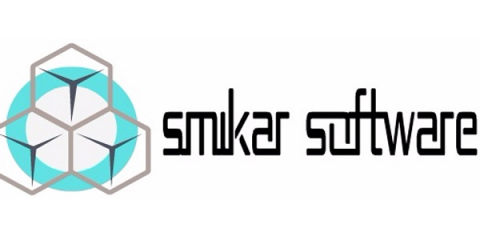Achieving PCI DSS Compliance in the Cloud
In the current digital world, businesses should ensure that they protect cardholders’ data at all costs. As such, any business that stores, processes, or transmits cardholder data or any other sensitive information should comply with the latest Payment Card Industry Data Security Standards released in 2018. However, this can be overwhelming for most decision-makers. Below is a guide on how you can achieve PCI DSS compliance for your cloud operations.







